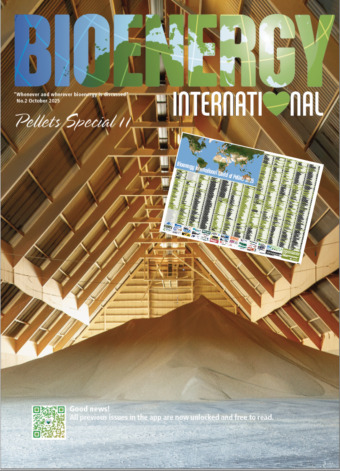According to Finland-headed oil refiner and renewable products producer Neste Oyj, in 2021, its renewable and circular solutions helped customers reduce their greenhouse gas (GHG) emissions globally by 10.9 million tonnes altogether.

The 10.9 million tonnes reduction in GHG emissions equals the annual carbon footprint of 1.7 million average EU citizens (source: World Bank) or the removal of 4.2 million passenger cars from the roads for a full year.
The method used to calculate life cycle emissions and emission reduction complies with the EU Renewable Energy Directive II (EU)2018/2001.
We recognize that we also need to reduce our own climate impact as well, and therefore in 2021, we extended our ambitious climate commitment of reaching carbon-neutral production by 2035 and set a concrete target for Scope 3 emissions. We commit to lead the transformation towards a carbon-neutral value chain by 2040 and reduce the use phase emission intensity of sold products by 50 percent by 2040 compared to 2020 levels, and we’ll do this by increasing the share of renewable and circular solutions and working with suppliers and partners to reduce emissions across the value chain. Finally, we are well on track with our commitment to reaching carbon-neutral production by 2035 and have identified over 100 measures to reduce production emissions – some have already been implemented, for example, many wind power agreements have been signed with suppliers, Peter Vanacker said.
Neste has refineries in Finland, the Netherlands, and Singapore to produce renewable products entirely from renewable raw materials, with a current annual production capacity of approximately 3.3 million tonnes.
As demand for renewable products is growing substantially, driven by higher climate ambitions and supportive regulation, we are continuously expanding our capacity to produce renewable products. Our annual production capacity will increase to 4.5 million tons of renewables as the extension of our Singapore refinery comes on stream at the end of the first quarter in 2023. Together with our Rotterdam sustainable aviation fuel (SAF) optionality project, we expect to achieve a SAF production capability of 1.5 million tons annually by the end of 2023, said Peter Vanacker.
Reducing GHG emissions and replacing crude oil-based products with renewable and circular solutions are at the core of Neste’s strategy and sustainability vision.
Neste says that it calculates the carbon footprint of its fuel products over their entire life cycle: from the production of the raw materials to the end-use of the final product.
This means that its renewable and circular products offer significant GHG emissions savings that help its customers reduce their carbon footprint or the carbon footprint of their products.
Use phase emission intensity is calculated by dividing the emissions from the use of products sold by Neste by the total amount of sold energy (gCO2e/MJ).


